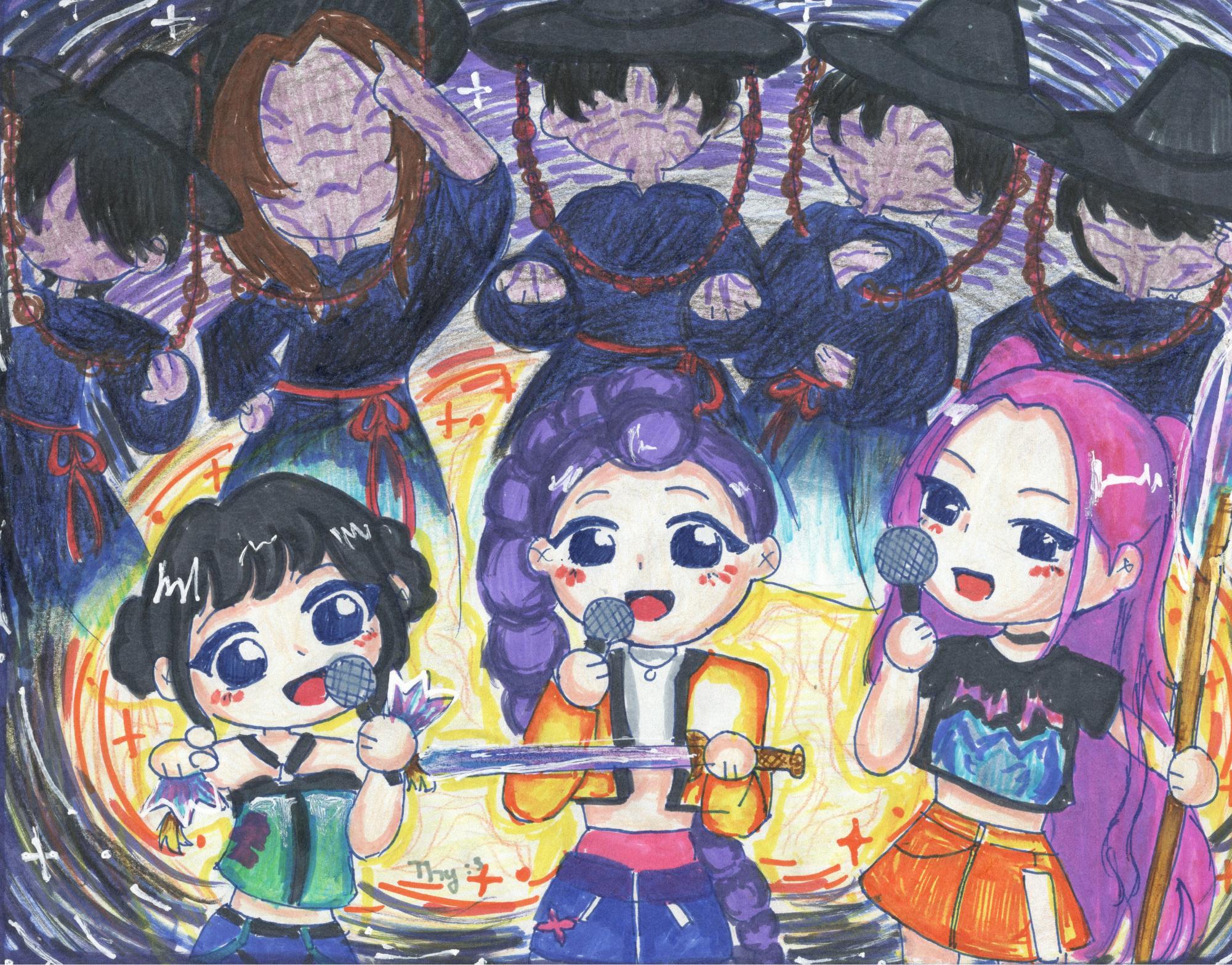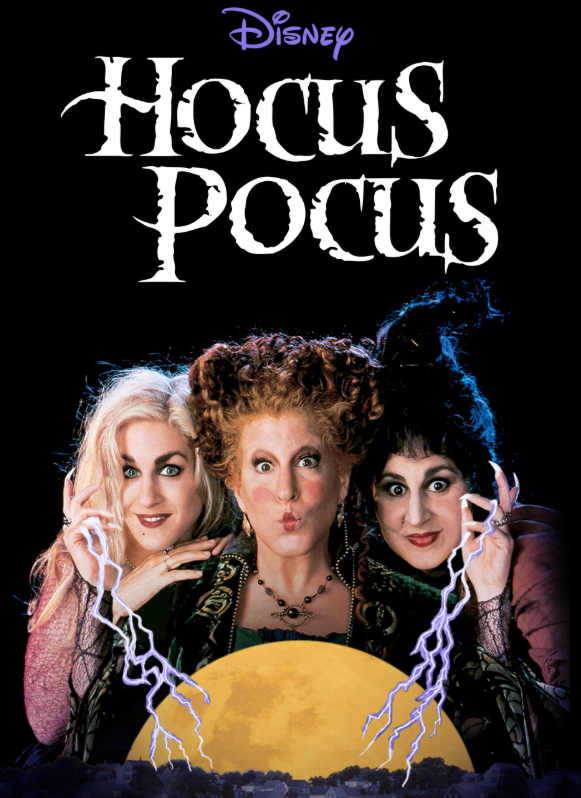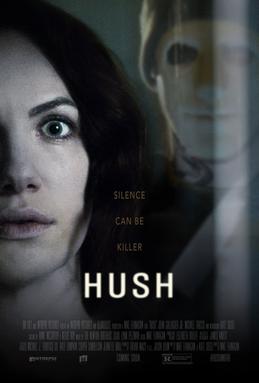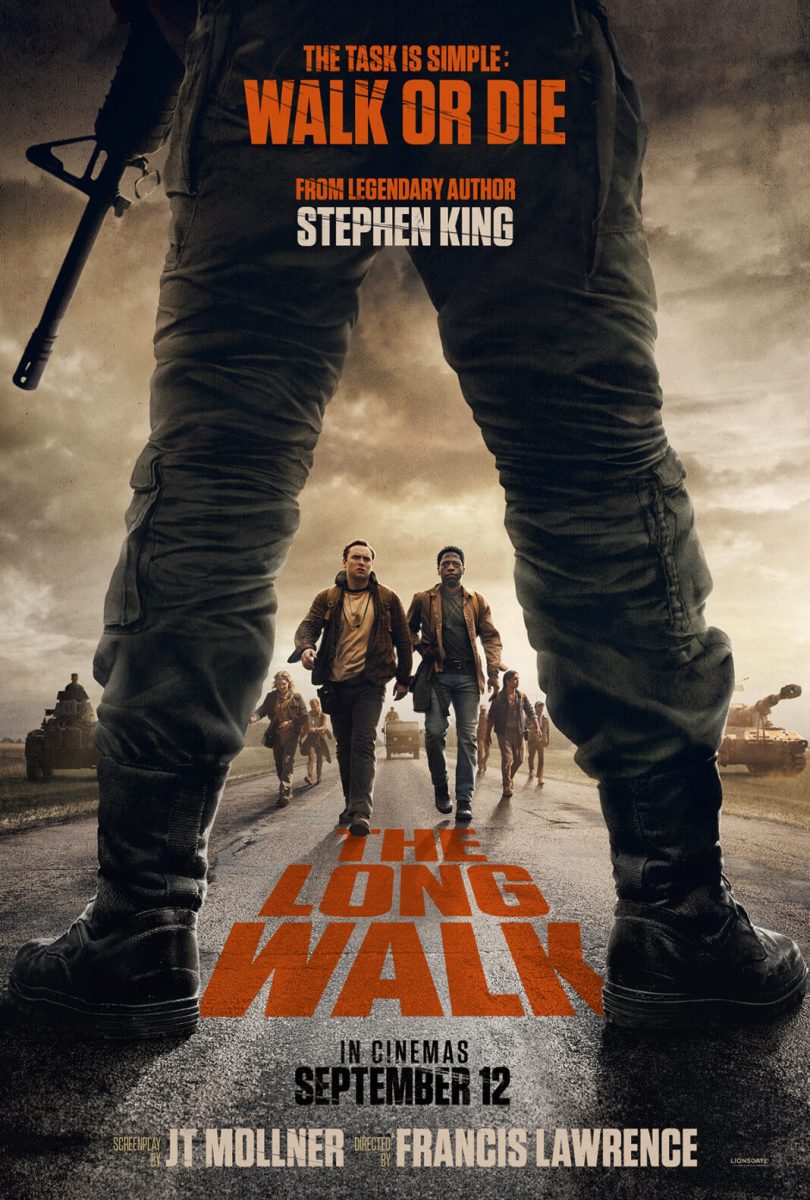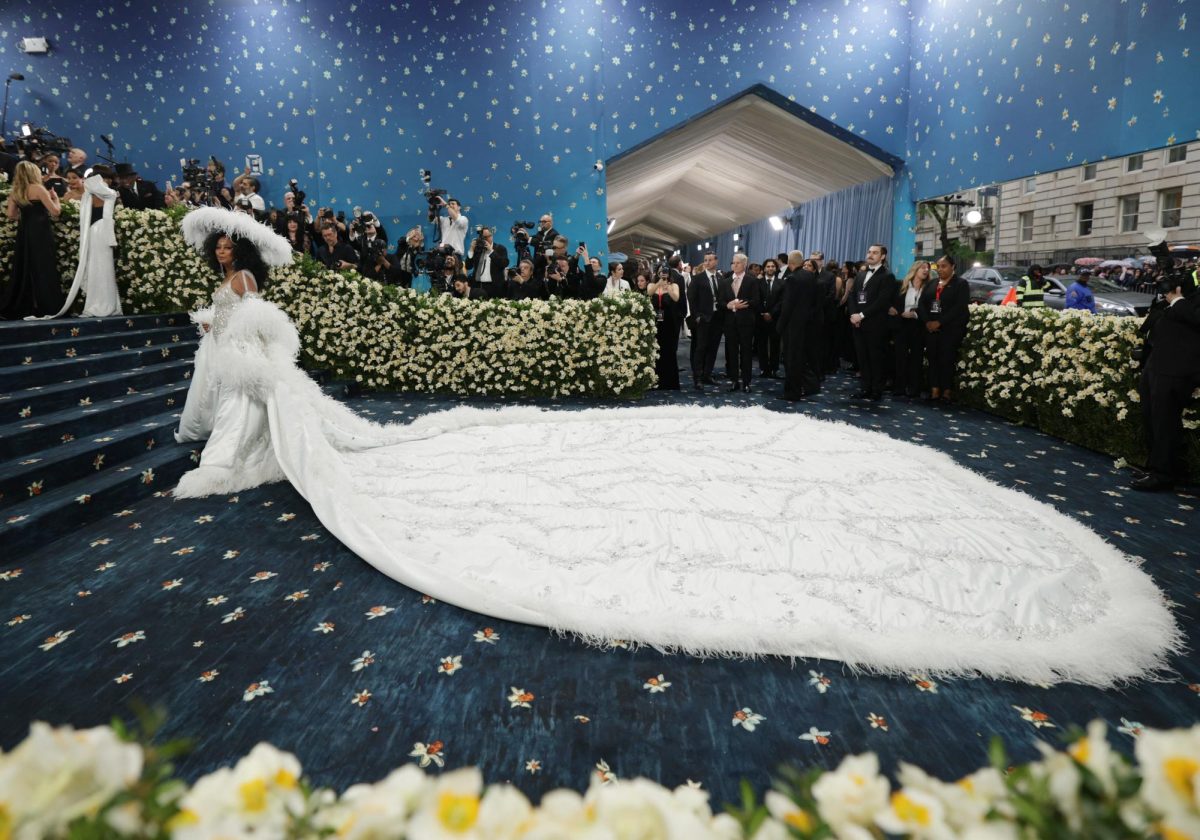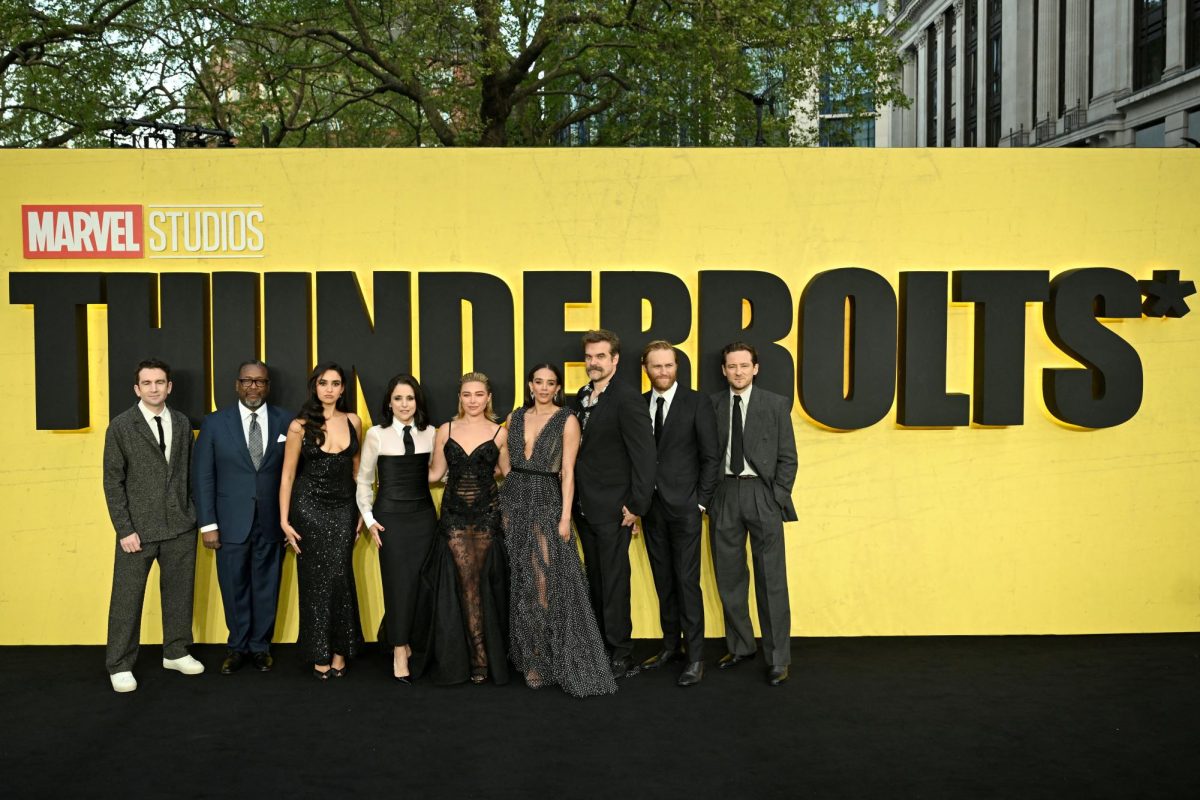In an era of relentless remakes, predictable superhero sagas, and franchise fatigue, a new kind of cinematic magic has emerged. One that speaks a universal language far beyond dialogue or narrative. It’s a language of rhythm, of vibrant visuals, of synchronized movement and of the raw, unbridled energy of youth. That language is K-pop, and its most compelling ambassador is the new global phenomenon, KPop Demon Hunters. Hitting the big screens with a fusion of high-octane action and slick choreography, this film has not only shattered box office records but also broken down cultural barriers, uniting audiences in a way few other movies have in recent memory.
While cynical critics and film purists may dismiss it as a saccharine, trend-chasing cash grab, they are missing the forest for the trees. KPop Demon Hunters is a masterful piece of filmmaking that perfectly encapsulates the current moment in popular culture, and it does so by tapping into the very soul of what makes K-pop a global force. It’s a movie that doesn’t just entertain; it celebrates a vibrant subculture, validates its millions of fans and elevates its unique art form to a new level of mainstream legitimacy.
KPop Demon Hunters demonstrates that a niche cultural passion can be the foundation for a billion-dollar blockbuster. Its success isn’t just a testament to good marketing; it’s a reflection of a deeper, more profound shift in what audiences crave: authenticity, spectacle and a shared, communal experience.
The film introduces us to a world where the supernatural lurks beneath the neon glow of Seoul’s bustling streets. We follow the story of a fledgling K-pop group, “HUNTR/X.” The members—the stoic leader Rumi, the bubbly and brilliant choreographer Zoey, and the fiery, dance-floor-slaying Mira are not your typical idols. By day, they are superstars, enduring the grueling schedules, fan expectations and intense training of the K-pop industry. By night, they are a covert unit of demon hunters, a lineage passed down through their families for generations. The central conflict arises when a long-dormant ancient evil, the “Gwi-Ma” or “Soul Eater,” awakens, drawn to the collective energy of their adoring fans and the powerful rhythm of their music. The movie’s prologue works perfectly, giving us a glimpse into the mundane chaos of idol life—a music video shoot gone wrong, a press conference spiraling out of control—before revealing the exhilarating, secret lives of these heroes.
A common criticism of action movies is that the fight choreography, while technically impressive, often lacks a cohesive rhythm or emotional weight. This is where KPop Demon Hunters separates itself from the pack. The fights are not just fights; they are dance numbers. The film’s director, Lee Min-hyuk, a visionary known for his work on music videos and large-scale concerts, deliberately blurs the lines between a combat sequence and a performance. Instead of relying on jerky, fast-cut camera work, the film’s action is shot in long, fluid takes, allowing the viewer to appreciate the grace and power of the movements.
This approach pays off in spades during the movie’s signature set pieces. The climactic battle in the Seoul Olympic Stadium, for instance, isn’t a chaotic brawl. It’s a stunning piece of visual storytelling. Rumi’s precise sword strikes are seamlessly integrated with a powerful hip-hop beat, and her movements mirroring the percussive rhythm. Zoey, a master of contemporary dance, uses her flexibility and acrobatic skills to dodge and weave through a horde of shadowy creatures, her every move an elegant ballet of destruction. And when the group is finally forced to perform an impromptu song to amplify their spiritual power, the full force of their combined artistry is unleashed. The choreography they perform is not just for the stage; it’s a combat formation, a spell, a force of nature. It’s a breathtaking demonstration of a concept that other films have flirted with, but none have fully committed to: the idea that music and dance can be a form of magical combat.
This innovative blending of genres is a crucial component of the film’s financial success. It’s a trend that has been bubbling up in recent cinematic history, and KPop Demon Hunters has perfected it. Think about the way Demon Slayer: Kimetsu no Yaiba – The Movie: Infinity Castle, a recent top-grossing film, leveraged the pre-existing emotional and aesthetic weight of its anime source material to draw a massive global audience. Or how A Minecraft Movie and Lilo & Stitch capitalized on the inherent nostalgia and brand recognition of video games and animated classics, respectively. These films aren’t just selling a story; they’re selling an experience built on a pre-existing cultural foundation. KPop Demon Hunters does this with K-pop, a subculture already perfected in creating immersive, highly engaging, and emotionally resonant experiences for its fans. It’s no surprise, then, that the film’s worldwide gross soared to a staggering $1.5 billion, putting it comfortably alongside other 2025 juggernauts like Ne Zha 2 and Lilo & Stitch.
The rise of K-pop has been one of the most significant cultural phenomena of the 21st century. What began as a local South Korean music scene has, thanks to the internet and social media, become a global force. This “Korean Wave,” or Hallyu, is more than just music; it’s a complete cultural ecosystem that includes television shows, movies, fashion and food. The true genius of KPop Demon Hunters is that it understands and harnesses this ecosystem, turning it into the very fabric of the film. It’s not just a movie about K-pop; it’s a movie for K-pop fans, created with a deep respect for the culture that made it possible.
One of the most powerful aspects of the K-pop fandom is its incredible organization and collective power. Fans, or “stans,” have famously mobilized for social good and even political action, proving that their online communities are more than just a place for digital chatter. This is represented brilliantly in the film’s narrative. When the Stygian group faces its biggest demonic threat, it’s not a secret military organization or a lone hero who saves the day. It’s the fans. In a stunning sequence, a global network of fans, connected through a fictional live-streaming app, uses their collective “fandom energy” to create a powerful shield that protects the city. It’s a metaphorical and literal representation of the idea that fan communities are a force for good in the world, a well-deserved tribute to a fandom that is often misunderstood by the mainstream.
In an interview with Variety, one of the film’s producers, Park Soo-jin, elaborated on this decision. “We wanted to show that the energy of a billion fans, all connected by their passion, is an incredible, untapped power,” she said. “We are not just a group of people who consume media; we are a community. This movie is a thank you to them, a recognition of their power and their love.” This approach, which validates and honors the audience, is what sets the film apart and cements its place as a cultural touchstone. It turns a viewing experience into a shared celebration, much like a concert where everyone sings along to the same chorus.
This global appeal is also reflected in the movie’s production. While the core cast and crew are Korean, the film made a conscious effort to include international collaborators, a trend mirrored by the K-pop industry itself. The head of choreography for the film, for instance, was a British dancer and choreographer, and the visual effects team was a diverse group from all over the world. This deliberate global-local approach, a strategy that K-pop labels have used for years to expand their reach, ensured that the film felt both deeply authentic to its Korean roots and globally accessible to an international audience. It is this unique blend of a distinctly local story with a universally appealing aesthetic that has allowed it to resonate with audiences from Tokyo to Texas.
The success of KPop Demon Hunters wasn’t just a happy accident; it was the result of a meticulously planned production that blended cutting-edge technology with a profound respect for practical artistry. The film’s budget, a robust $120 million, was allocated with surgical precision. Unlike many modern blockbusters that rely on a wall of CGI to create their world, KPop Demon Hunters used a different philosophy, one that harks back to the practical effects of the 80’s era.
The demons in the film, while enhanced with digital effects, were primarily created using a combination of animatronics, intricate makeup, and practical costumes. This approach, championed by the film’s lead artist, Kim Ji-hoon, gave the creatures a tangible, physical presence that CGI often struggles to replicate. The demons felt heavy, real, and truly menacing. This focus on practicality also extended to the dance and fight sequences. While some wires were used to aid in the high-flying stunts, most of the choreography was performed by the actors themselves, who underwent months of intense training with professional K-pop choreographers and martial arts instructors. This commitment to authenticity is what made the film so visually impressive and, more importantly, believable. The viewer is never taken out of the moment by a poorly rendered creature or a clearly fake stunt double. The art of the performance is at the forefront, always.
In a recent interview with a major film magazine, director Lee Min-hyuk explained the production philosophy. “We told the team, ‘We are not making a superhero movie; we are making a performance.’ The actors had to be both amazing dancers and compelling fighters,” he said. This focus on performance over pure spectacle is a key takeaway from the film’s triumph. It proves that audiences respond to genuine skill and artistry. The movie doesn’t just show us what’s happening; it makes us feel the grace and power of the performers, an emotional connection that can’t be faked by a computer.
This blend of old-school craftsmanship with new-age trends is a fascinating counterpoint to the more traditional big-budget spectacles. While other films in 2025, such as Superman or The Fantastic Four: First Steps, may have relied on massive CGI-driven set pieces, KPop Demon Hunters used its visual effects as an enhancement, not a crutch. This subtle but crucial distinction made the film feel fresh and unique. It was a return to form for blockbuster filmmaking, proving that sometimes, the most impressive special effect is a well-rehearsed dance sequence.
Beyond its breathtaking action and cultural celebration, KPop Demon Hunters delves into surprisingly profound themes, most notably the intense pressure of being a public figure and the struggle for personal identity. Each member of the Stygian group is a demon hunter, a secret identity that clashes with their carefully curated public persona. This internal conflict is a powerful metaphor for the real-world mental health challenges faced by K-pop idols. The relentless schedules, the constant scrutiny and the pressure to be perfect can take a devastating toll, and the film tackles this with sensitivity and nuance.
The character of Rumi, the lead vocalist, struggles with “Perfection Paralysis,” a fictional ailment in the movie where her spiritual powers are blocked by her fear of not being good enough. This is a direct parallel to the real-world anxieties of performance and public judgment. In one poignant scene, she confesses to her group members that she feels like a fraud, a demon hunter who can’t even harness her own power. Her journey to overcome this internal struggle, by learning to accept her flaws and her identity as both an idol and a demon hunter, is one of the film’s most emotionally resonant arcs. It’s a narrative that speaks directly to the 21st-century issue of online persona versus private self, a conflict that resonates with everyone from celebrities to the average teenager scrolling through social media.
The film’s exploration of mental health in a high-stakes, action-packed narrative is a bold move that separates it from its genre contemporaries. It takes a topic that is often relegated to dramatic indie films and places it at the center of a global blockbuster, forcing a massive audience to confront it. By embedding these deeper, more relatable human conflicts into a genre film, both movies elevated their narratives beyond simple entertainment. They became a mirror for society, reflecting the anxieties and struggles of their time.
Overall, KPop Demon Hunters isn’t just a hit; it’s a cultural landmark. It represents a paradigm shift in blockbuster cinema, one where local stories can achieve global success by leaning into their unique cultural identity rather than sanitizing it for a broad audience. It’s a film that validates and celebrates its audience, uses a blend of practical and digital effects to create a truly unique visual style, and tackles important themes of mental health and identity. With a perfect mix of thrilling action, stunning choreography, and a powerful message, KPop Demon Hunters has not only earned its place as one of the highest-grossing films of the year, but it has also proven that the beat of the drum and the flash of the sword can, in the right hands, unite the entire world.


